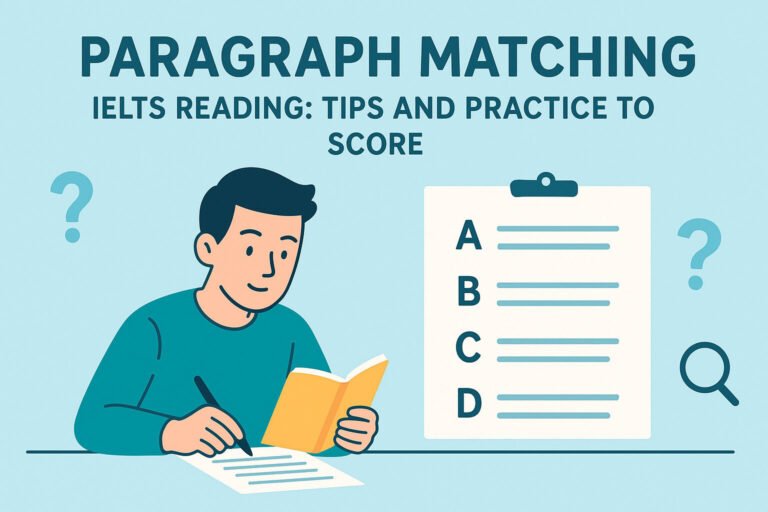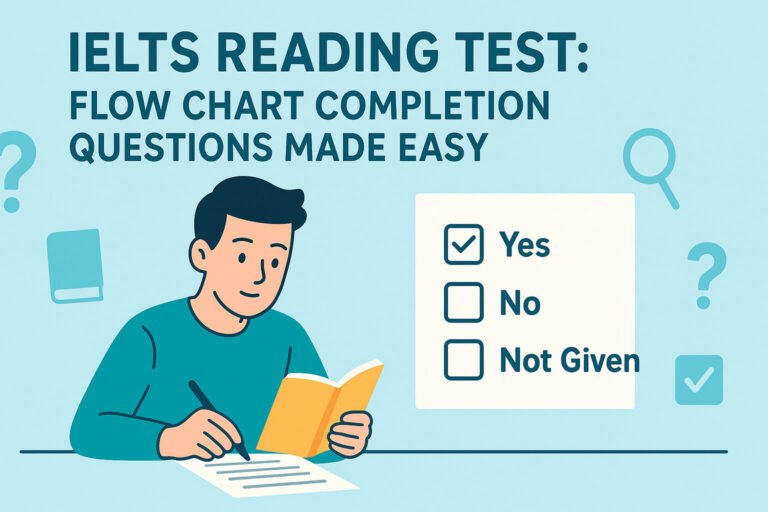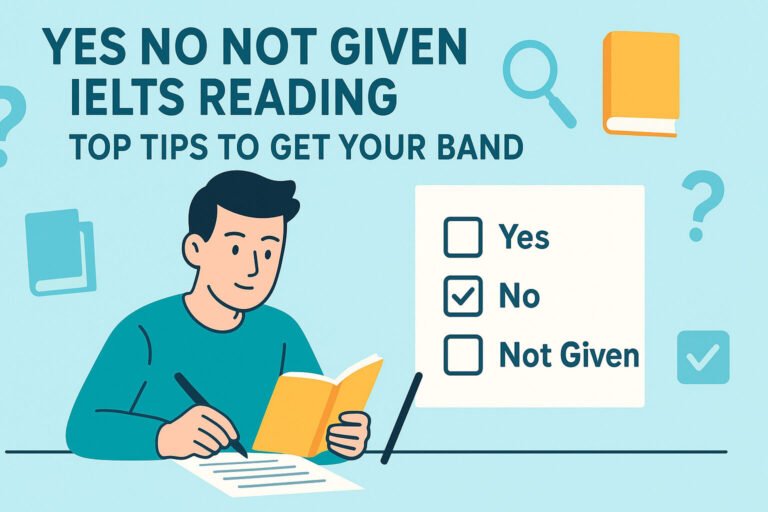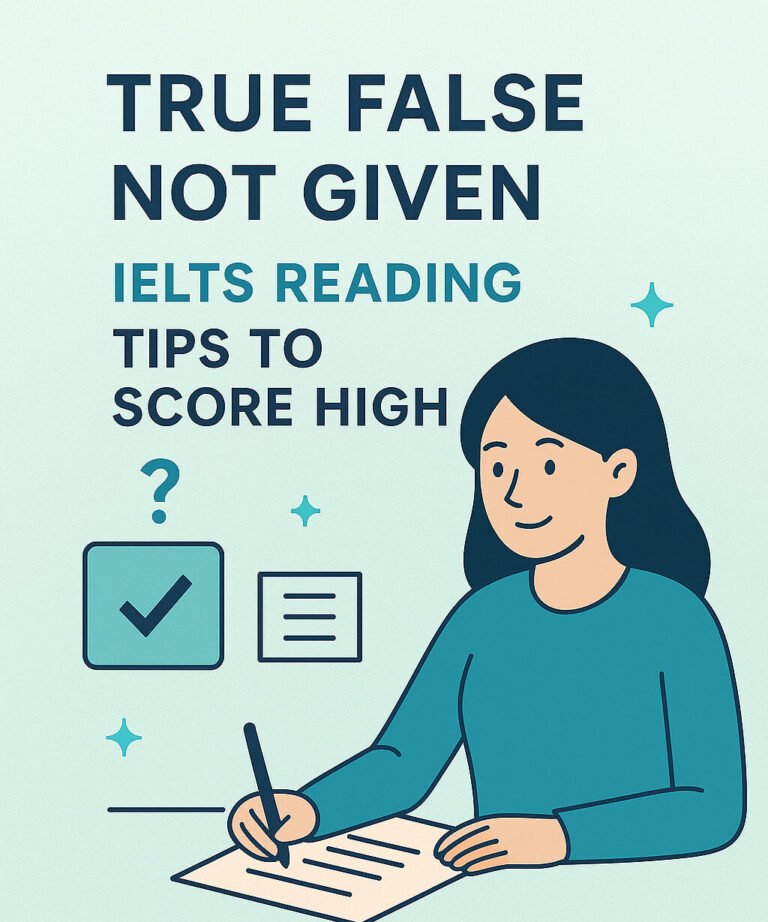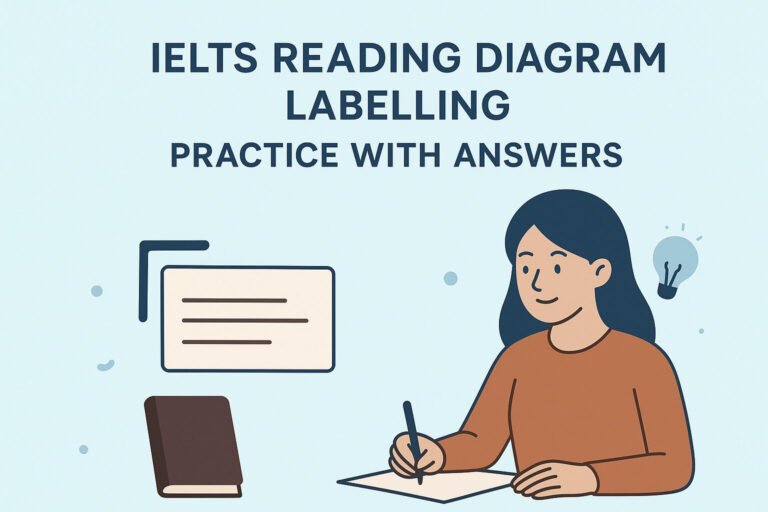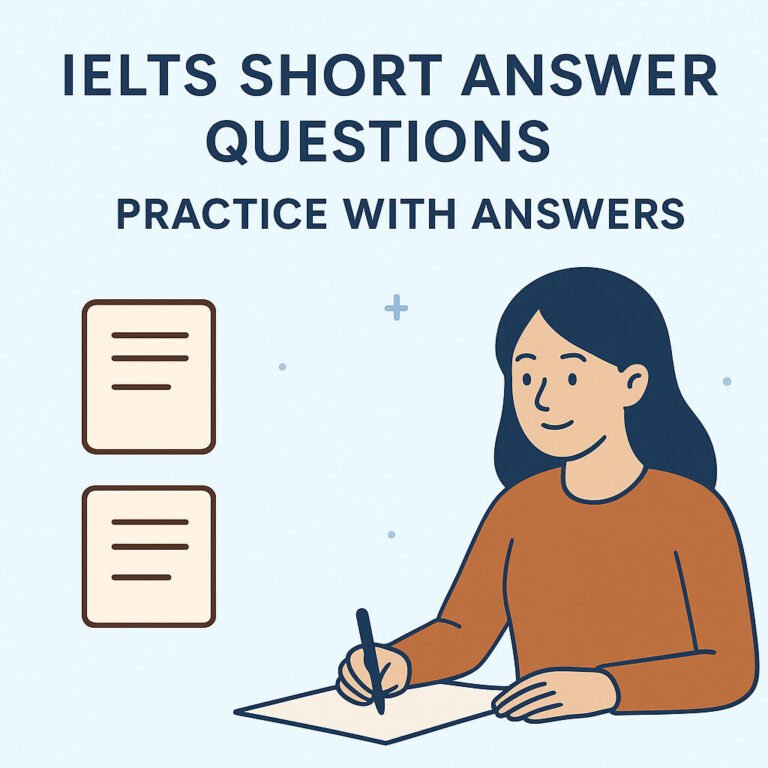Top 5 tips for IELTS Reading to boost your scores. Learn strategies on timing, vocabulary, and more for IELTS aspirants aiming to study abroad. Get practical advice and practice tips now!
Are you staring at IELTS Reading passages feeling like they’re written in an alien language? You’re not alone—millions of test-takers struggle with this section, where skimming through dense texts under time pressure can tank your band score. But what if I told you that with the right strategies, you could turn this challenge into your strength? In this guide, we’ll dive into the top 5 tips for IELTS Reading that have helped countless aspirants like you score 7+ and unlock doors to top universities abroad. Whether you’re prepping for Academic or General Training, these insights will equip you with actionable steps to improve your IELTS Reading scores. Let’s get you reading-ready!
Understanding the IELTS Reading Section: The Basics
Before we jump into the top 5 tips for IELTS Reading, let’s set the foundation. The IELTS Reading test lasts 60 minutes and includes three passages with 40 questions. It’s designed to assess your ability to understand main ideas, details, opinions, and inferences from written texts.
The key difference between the Academic and General versions? Academic features complex texts from books, journals, and newspapers, ideal for university hopefuls. General Training pulls from everyday sources like ads, guides, and work-related materials, suiting immigration or professional goals. Both demand strong vocabulary and quick comprehension, but Academic leans more analytical.
No matter your version, success hinges on strategy over sheer knowledge. And that’s where our tips come in—tailored for 18-30-year-olds juggling studies, jobs, and dreams of studying abroad.
Grasp the format first; it reduces surprises on test day.
IELTS Reading Question Types: Know Your Enemy
To truly improve your IELTS Reading scores, familiarize yourself with common IELTS Reading question types. These include multiple choice, matching headings, true/false/not given, summary completion, and sentence completion. Each tests different skills—like scanning for specifics or skimming for gist.
For example, in matching headings, read the passage’s topic sentences first to quickly pair them with headings. In true/false/not given, remember “not given” means the info isn’t there at all—don’t assume!
Practice spotting these in mock tests. Sites like the official Cambridge resources offer samples (more on that later).
Mastering question types saves time and boosts accuracy—aim to recognize them in under 10 seconds.
Top 5 Tips for IELTS Reading: Your Roadmap to Success
Now, the heart of our guide: the top 5 tips for IELTS Reading. These aren’t generic advice; they’re battle-tested strategies with real examples and step-by-step actions. Implement them in your IELTS Reading practice sessions for noticeable gains.
Tip 1: Timing is Key
Timing is key in IELTS Reading— you have just 60 minutes for 40 questions across three passages, no extra transfer time. Poor time management is a common pitfall, leaving sections unfinished.
Step-by-Step Action:
- Allocate time wisely: Spend 20 minutes per passage, including questions.
- Start with easier questions: Scan all and tackle quick wins like matching or multiple choice first.
- Use a watch: Practice with timers to build speed.
For instance, if a passage on climate change stumps you, move on after 15 minutes—don’t dwell. In my teaching experience, students who paced themselves jumped from band 5 to 7.
End your practice by reviewing timed errors. Over time, you’ll read faster without losing comprehension.
Treat time as your ally; consistent pacing turns pressure into performance.
Tip 2: Read the Instructions Carefully
It sounds basic, but failing to read the instructions carefully costs points. Instructions specify word limits (e.g., “no more than two words”) or formats (e.g., “choose from the list”).
Step-by-Step Action:
- Underline key parts: Before starting, highlight limits or requirements.
- Double-check answers: Ensure they fit exactly—e.g., don’t write “the climate” if it’s “climate change.”
- Practice habit: In IELTS Reading lessons, time yourself reading instructions first.
Real example: A student once wrote full sentences for summary completion, losing marks. By focusing on instructions, she aced her retake.
This tip prevents silly mistakes, especially when nerves kick in.
Instructions are your guideposts; ignore them at your peril.
Tip 3: Don’t Panic
Don’t panic—easier said than done, right? But panic leads to rushed reading and errors. Remember, the test is tough for everyone, but staying calm maximizes your potential.
Step-by-Step Action:
- Breathe deeply: If stuck, pause for 5 seconds and breathe.
- Skip and return: Mark tough questions and revisit if time allows.
- Positive mindset: Remind yourself, “I’ve prepared for this.”
In a sample passage about space exploration, if jargon overwhelms you, focus on keywords. One aspirant shared how calming techniques helped her score 8.5 despite initial anxiety.
Build resilience through daily Reading practice with unfamiliar topics.
Calmness is a skill; practice it to conquer test-day jitters.
Tip 4: It’s Really a Vocabulary Test
At its core, it’s really a vocabulary test. Strong word knowledge helps paraphrase questions and spot synonyms in passages.
Step-by-Step Action:
- Build vocab daily: Learn 10-15 words related to common IELTS themes like environment or technology.
- Use context clues: Guess meanings from surrounding sentences.
- Flashcards: Apps like Anki for synonyms—e.g., “impact” could be “effect” or “influence.”
Example: In a text saying “The innovation revolutionized communication,” the question might use “transformed.” Spotting synonyms is key.
Incorporate this into IELTS Reading essential routines for vocabulary growth.
Vocabulary isn’t rote; it’s your secret weapon for inference.
Tip 5: Don’t Expect to Understand Every Word
Don’t expect to understand every word—IELTS passages are meant to challenge, with up to 10-15% unfamiliar terms. Focus on overall meaning instead.
Step-by-Step Action:
- Skim for gist: Read quickly for main ideas, ignoring unknowns.
- Scan for answers: Look for keywords from questions.
- Infer from context: Use nearby words to guess.
For a biology passage with terms like “photosynthesis,” you don’t need deep knowledge—just locate relevant info.
Students who embraced this saw scores rise, as it frees mental energy for strategy.
Perfection isn’t required; smart reading is.
IELTS Reading Essential Strategies: Beyond the Basics
To elevate your prep, integrate these IELTS Reading essential tactics. First, diversify sources: Read newspapers, magazines, and academic articles daily.
Second, simulate test conditions in Reading practice. Use official materials for authenticity.
Third, analyze mistakes: After mocks, note why you erred—was it vocab, timing, or misreading?
Here’s a handy table comparing Academic and General Reading:
| Aspect | Academic Reading | General Training Reading |
|---|---|---|
| Passage Sources | Books, journals, reports | Ads, notices, workplace docs |
| Difficulty Level | Higher complexity, abstract | Everyday language, practical |
| Question Focus | Analytical, inferences | Factual, straightforward |
| Ideal For | University applicants | Work/immigration seekers |
| Word Count | 2,000-2,750 total | Similar, but simpler vocab |
This chart highlights why tailored prep matters.
Essentials build habits; consistency turns tips into triumphs.
IELTS Reading Lessons: Practical Drills
Incorporate structured IELTS Reading lessons into your routine. Start with theme-based practice: One week on science, another on society.
Drill paraphrasing: Rewrite questions in your words to match passage ideas.
Group study: Discuss passages with peers for new perspectives.
For advanced, time yourself on full tests weekly, aiming for progressive score improvements.
Lessons aren’t passive; active drills accelerate progress.
FAQ: Answering Your Burning Questions
Optimized for what people also ask, here’s quick help:
What is the difference between Academic and General IELTS Reading? Academic uses complex, topic-specific texts for higher education, while General focuses on everyday scenarios for work or migration. Both have 40 questions but differ in complexity.
How can I improve my IELTS Reading scores quickly? Focus on the top 5 tips for IELTS Reading: Master timing, instructions, calm mindset, vocab, and selective understanding. Daily practice with official tests helps most.
What are common IELTS Reading question types? Key types include multiple choice, matching, true/false/not given, and completions. Practice each to spot patterns fast.
Is vocabulary the most important part of IELTS Reading? Yes, it’s really a vocabulary test at heart. Build synonyms and context skills to paraphrase effectively.
How much time should I spend on each passage? Timing is key—aim for 20 minutes per passage to cover all without rushing.
Should I read the entire passage first? No, don’t expect to understand every word. Skim for gist, then scan for answers to save time.
Wrapping Up: Your Path to IELTS Reading Mastery
You’ve now got the top 5 tips for IELTS Reading under your belt— from why timing is key to realizing it’s really a vocabulary test. By applying these, plus understanding IELTS Reading question types and the difference between the Academic and General, you’re set to improve your IELTS Reading scores significantly. Remember, consistency and a positive attitude are your best allies in this journey to study abroad.
Ready to level up? Check out our related post on IELTS Writing Strategies for Band 8 for more prep tips. For authentic practice, head to the Official Cambridge IELTS site.


